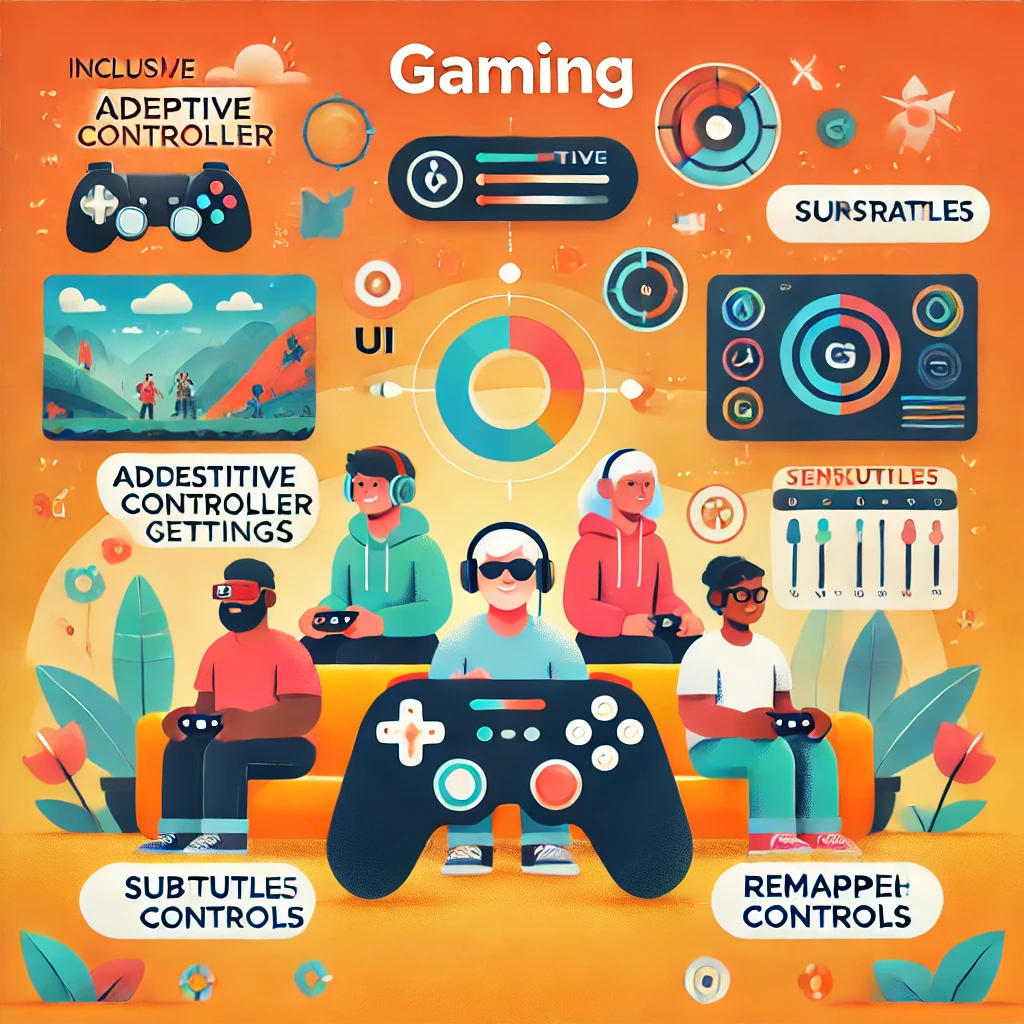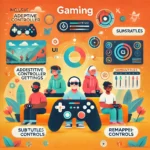Gaming is for everyone—but for years, many titles unintentionally excluded players with disabilities. Fortunately, the industry has seen major strides in accessibility, allowing more people than ever to enjoy digital worlds regardless of physical or cognitive limitations.
What Is Game Accessibility?
Accessibility in gaming refers to the design of games that accommodate a wide range of physical, sensory, and neurological needs. This can involve control schemes, visual and audio adjustments, UI settings, and gameplay options.
Common Accessibility Features
- Remappable Controls: Letting players adjust input based on physical needs or preferences.
- Subtitles and Closed Captions: Useful not only for hearing-impaired players but also for clarity in noisy environments.
- High-Contrast and Colorblind Modes: Crucial for players with vision impairments.
- Assist Modes: These may include slower enemy response times, invincibility toggles, or navigation assistance.
- One-Handed Mode / Adaptive Controllers: Supported by platforms like Xbox, and increasingly integrated into software.
Studios Leading the Way
Games like The Last of Us Part II and Forza Horizon 5 have been widely praised for deep, customizable accessibility options, with dozens of toggles and settings covering everything from haptic feedback to menu narration.
Why It Matters
Accessible design doesn’t just help those with disabilities—it creates better experiences for everyone. Flexible options allow players to enjoy games in the way that suits them best, increasing enjoyment, reach, and community inclusiveness.





